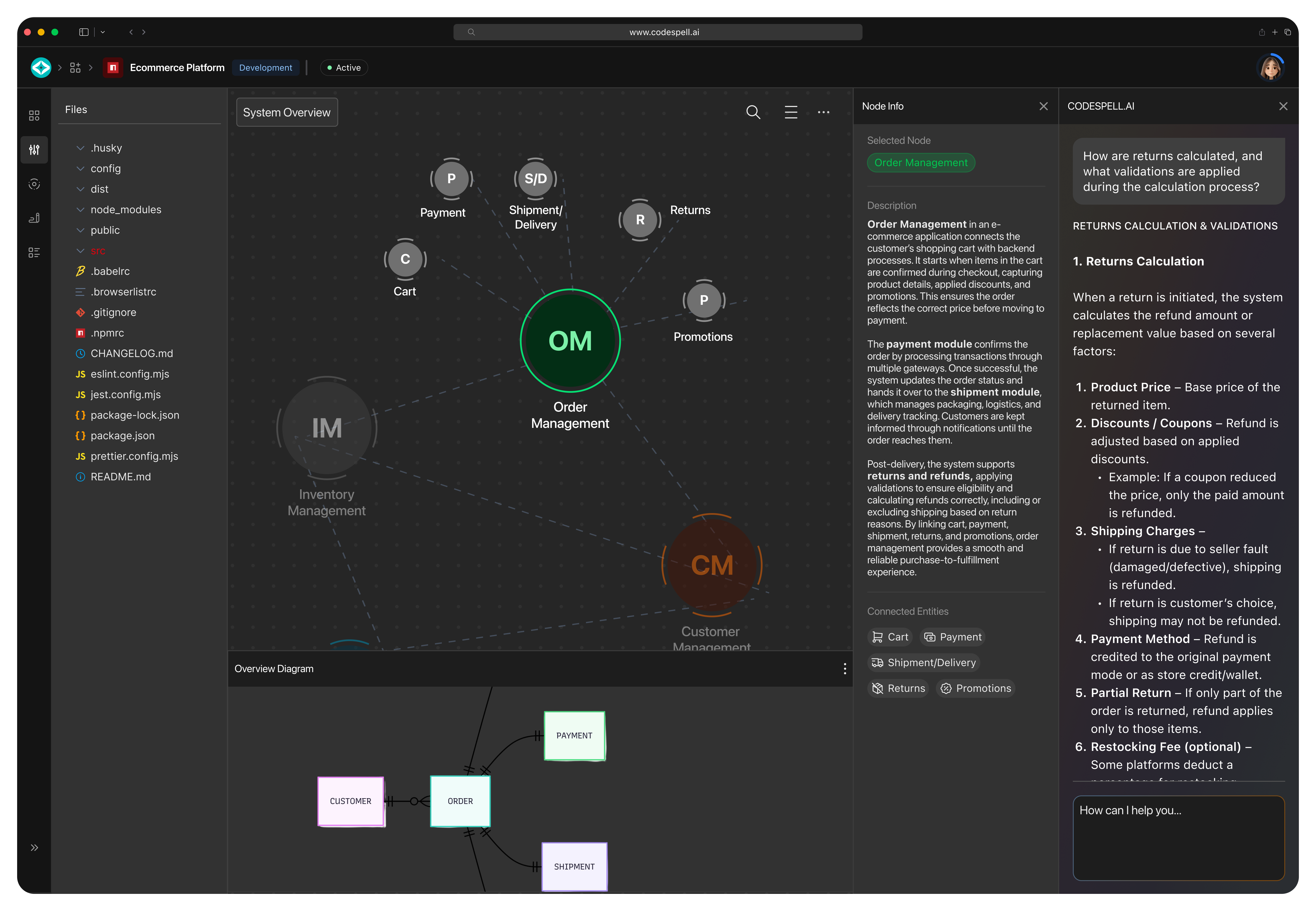

ReqSpell fits the way product, engineering, and QA teams work, bringing structure and clarity to scattered inputs, legacy systems, test plans and new initiatives.
Extract and organize business needs from PDFs, emails, and product docs.
Analyze legacy codebases to identify modules, dependencies, and functional scope.
Trace requirements to test plans and highlight untested paths.
Query across documents, test artifacts, and code modules using natural language.

Convert product documents, release notes, code comments, and spreadsheets into structured specifications.

Map product features to requirements, requirements to user stories, and stories to test cases.

Role-based access ensures the right people see the right content. Suitable for both internal teams and external collaborators.
.svg)
Ask questions like “What are the functional requirements for payments?” or “Which tests cover login edge cases?” and get instant context.
ReqSpell fits the way product, engineering, and QA teams work, bringing structure and clarity to scattered inputs, legacy systems, test plans and new initiatives.
Turn scattered documents, spreadsheets, and feature notes into structured, queryable specs.
Understand legacy systems without digging through code. Extract logic, dependencies, and modules effortlessly.
Map test cases to requirements, surface coverage gaps, and streamline validation workflows.



